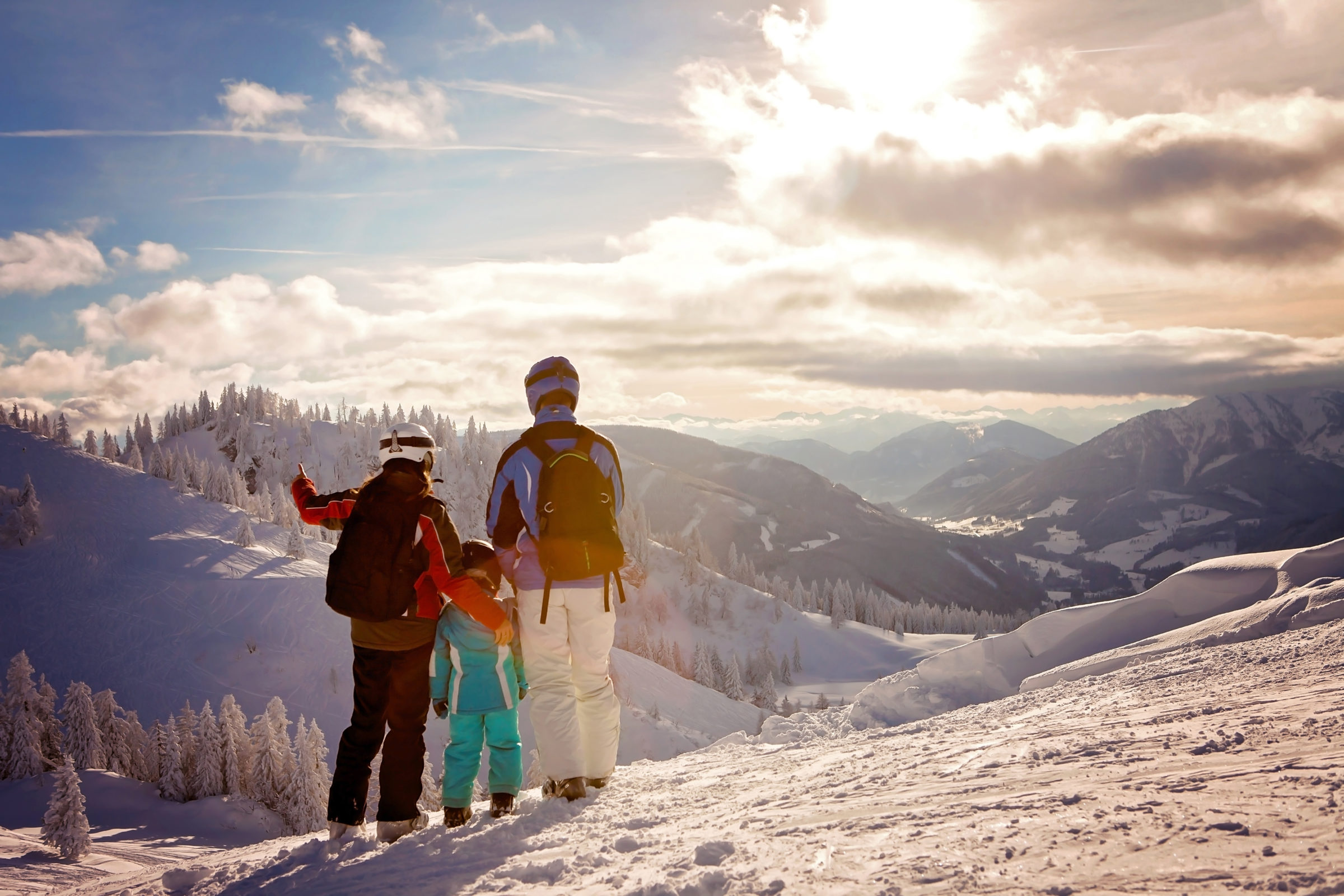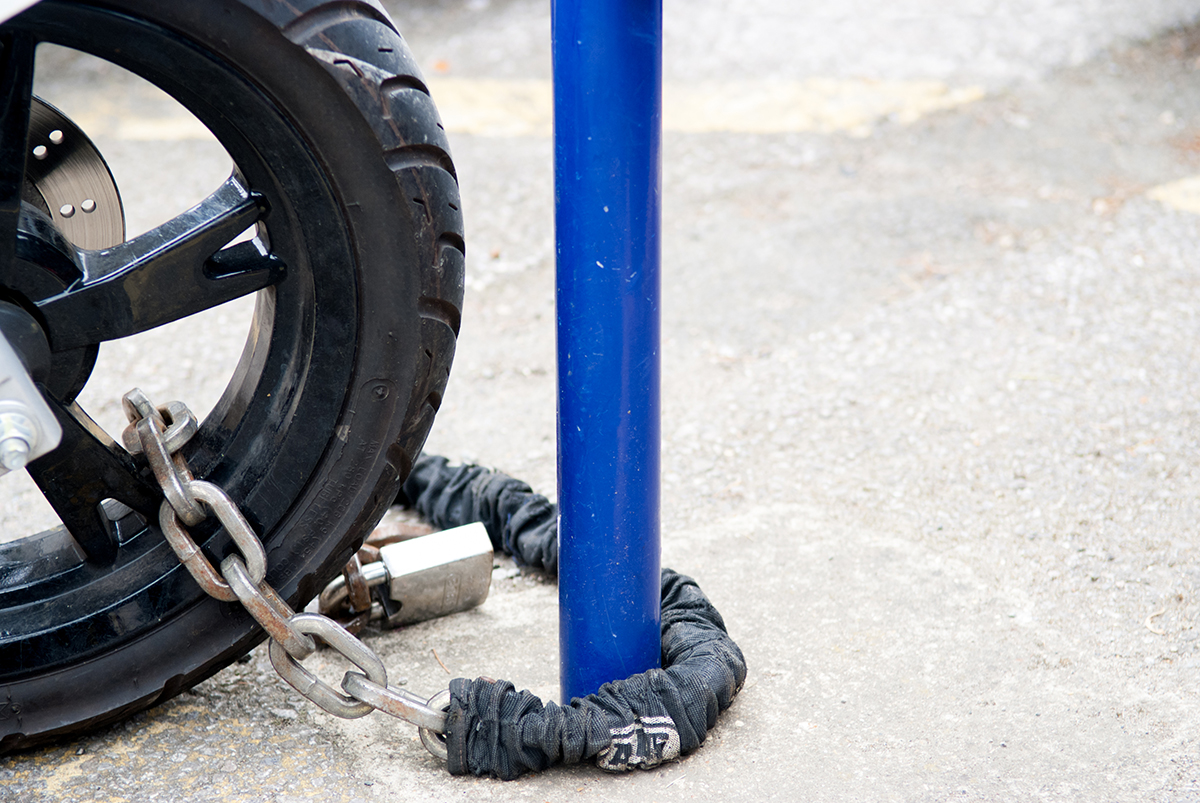The snowy season is here, and you know what that means…
It’s time to hit the slopes!
There’s nothing quite like a ski trip with friends and family. And with lodges nationwide open for business for the first time since the pandemic, there’s sure to be crowds of adrenaline-seekers heading up to the mountains this year.
But before you start shredding any powder, it’s important to brush up on your skiing and snowboarding safety knowledge.
Even an experienced rider can still benefit from a quick refresher. It has been a year, after all.
Understanding the risks and knowing how to manage them can help you avoid unwanted accidents, plan for emergencies, and, most importantly, have worry-free fun!
Skiing & Snowboarding Safety Equipment
First and foremost, make sure you have all the right skiing and snowboarding safety equipment before heading to the ski lift.
In addition to your skis, sticks, and snowboards, you’ll need the following items:
- Appropriate clothes for the cold
- A skiing and snowboarding helmet
- Goggles made to fit over your helmet
- Boots and bindings
- Sunscreen (if necessary)
- If you’re a snowboarder, bring wristguards in case of falls
Skiing & Snowboarding Safety: The Basics
Once you have everything you need, it’s crucial to abide by the basic skiing and snowboarding safety guidelines.
The Center for Injury Research and Policy recommends the following tips for riders of all ages:
- Always wear your helmet when skiing or snowboarding.
- Protect your skin and eyes from the sun and wind. Apply sunscreen as needed and keep your goggles on while riding.
- Make sure your boots fit properly and your bindings are adjusted correctly.
- Prepare for the weather. Wear layers of clothes and a helmet liner, a hat, or a headband.
- Do not ski or snowboard alone.
- Follow all trail rules.
- Stay on the designated trails.
- Only go on trails that match your skill level.
- Take a lesson — even if you know what you’re doing, it certainly couldn’t hurt!
- Before using a ski lift, tow rope, or carpet, make sure you know how to get on, ride, and get off safely. Ask an attendant if you need help.
Skiing & Snowboarding Safety: Slope Etiquette
When you’re on the mountain — just like when driving your car — there are “rules of the road” that everyone is expected to follow to create a safe environment and respect other people’s space.
Here’s a quick breakdown of the three main rules of slope etiquette that every skier and snowboarder should know:
- Since they probably can’t see you most of the time, the people in front of you always have the right of way.
- If you need to stop, don’t block the middle of the slope. Move off to the side.
- Just like when crossing the street, look both ways before crossing or merging onto a trail. And don’t forget to look uphill too!
Along with the tips we discussed earlier, follow these three main guidelines, and you’ll avoid any unnecessary trouble on the slopes.
Now, since we’ve covered the basics, gone over essential skiing and snowboarding safety tips, and reviewed slope etiquette, let’s talk about the risks.
Skiing & Snowboarding Risks
It’s not hard to imagine how barreling down a snow-covered mountainside at high speeds can be dangerous. But it’s all too easy to fall into the “that’ll never happen to me” trap.
Knowing what could happen if you fall or have another accident can help you prepare and take preventive measures.
So, let’s go over some of the most common risks that come with skiing and snowboarding:
- Most injuries happen due to a fall or collision (usually with a tree).
- Bruises and broken bones are the most common injuries that occur while riding.
- Shoulder dislocations or fractures can occur due to falls.
- Skiers most often injure their knee, head, or face.
- Snowboarders most often hurt their arm or wrist.
- Poor adjustment to the altitude can lead to accidents or injuries.
- Fatigue and dehydration can cause accidents or injuries.
Now that we know how serious the risks can be, we can build our emergency action plan around them so that if they do happen, we respond quickly and get the help we need as fast as possible.
Creating an Emergency Action Plan
Most ski lodges have emergency teams on standby in case someone is injured, but having an action plan is still essential to you and your loved ones’ safety.
And if you’re going backcountry skiing, you’ll certainly need to prepare for the worst-case-scenario…
But no matter where you plan on hitting the slopes, you should always bring an emergency information card with you. This card should have your name, emergency contact information, and any relevant medical information emergency responders might need to know if you get hurt.
You can keep it in a pocket or wallet. Just make sure it’s always on you while riding.
Also, share your plans with a friend or family member who isn’t on the trip with you. Set regular check-in times with them, so they know to contact the authorities if they don’t hear from you on time.
If you’re in the backcountry, make sure to pack enough water and food to last you for the trip, and never forget to bring a first aid kit. You’ll also need a map in case you or your skiing buddy gets injured and one of you has to leave to get help.
Help in Two Taps, Anywhere in the United States
If you’re at a ski lodge, the on-site emergency team will take care of you. But if you’re off the beaten path, it’s a whole different story.
In an emergency, you may still be able to call 911, but finding your location in the mountains can be incredibly difficult — especially if there aren’t enough cell towers around to triangulate where you’re calling from.
That’s why having a GPS medical alert app like Rescu can be a lifesaver.
With Rescu’s new Prime subscription, you can send your exact location to the nearest emergency dispatch center and request medical help in just two taps on your phone.
That way, you won’t have to try to explain to a dispatcher where you are, and you can focus on the situation at hand.
When you set up your account, you can add as many emergency contacts as you like and input any relevant medical information. Then, when you send an alert, Rescu will automatically notify responders of your medical information and send a message to all of your emergency contacts to let them know you’re in trouble.
Keep your friends and family in the loop, protect yourself and your skiing buddies, and get help at a moment’s notice with the Rescu app.
Put the power of a GPS medical alert system in the palm of your hand for as little as $10 a month, and hit the slopes with peace of mind.
Click below to get started today, and happy shredding!





